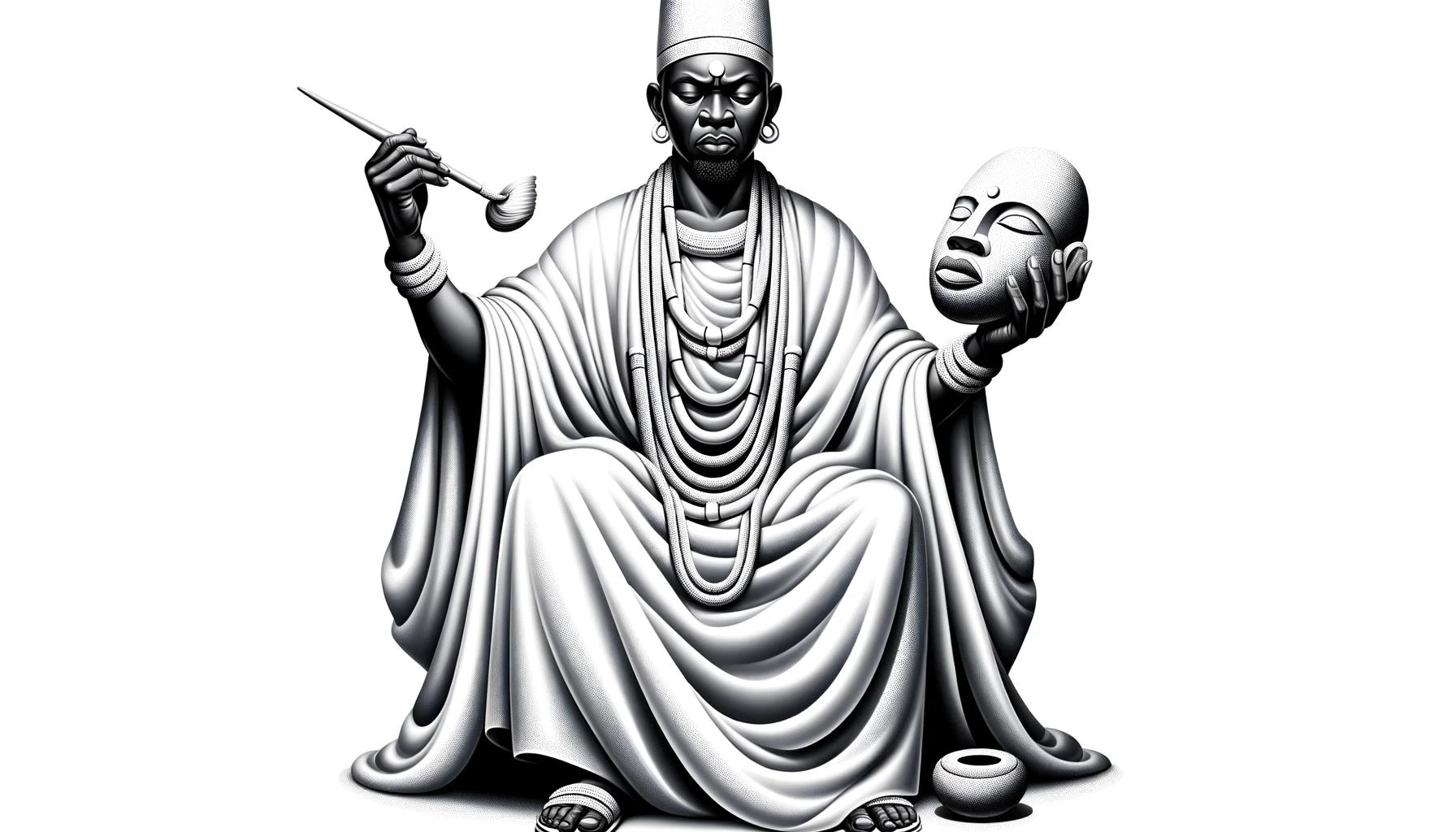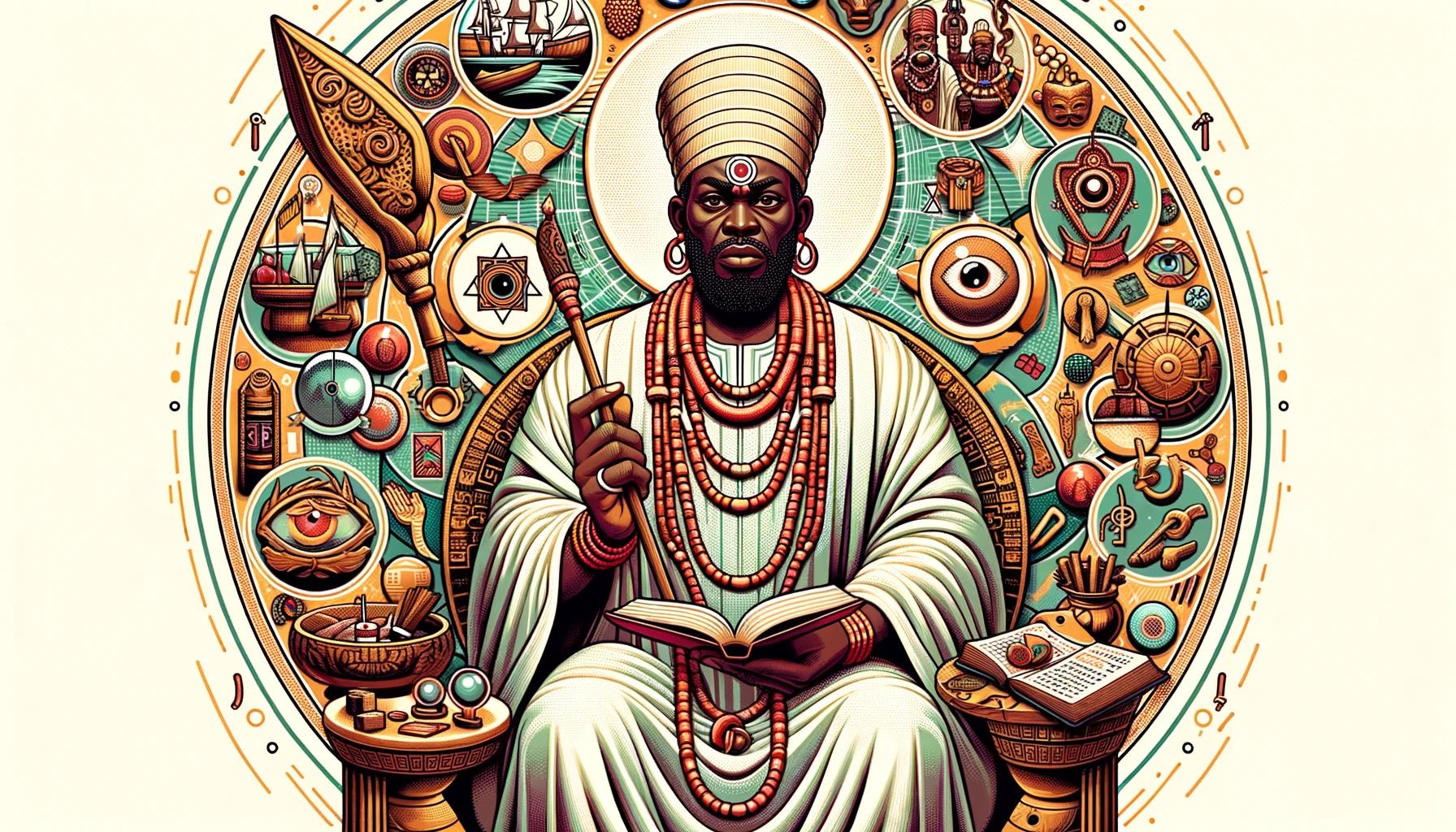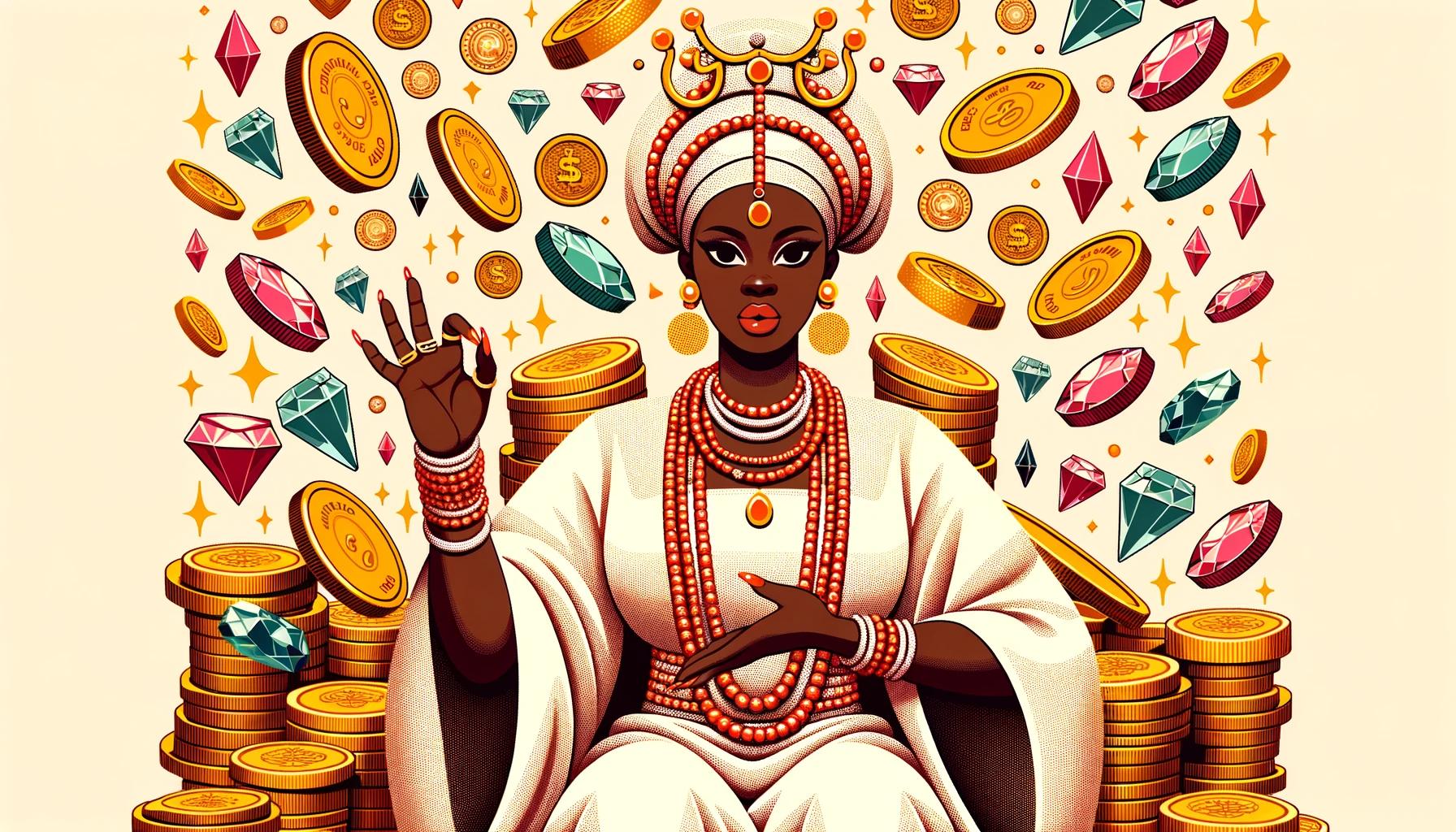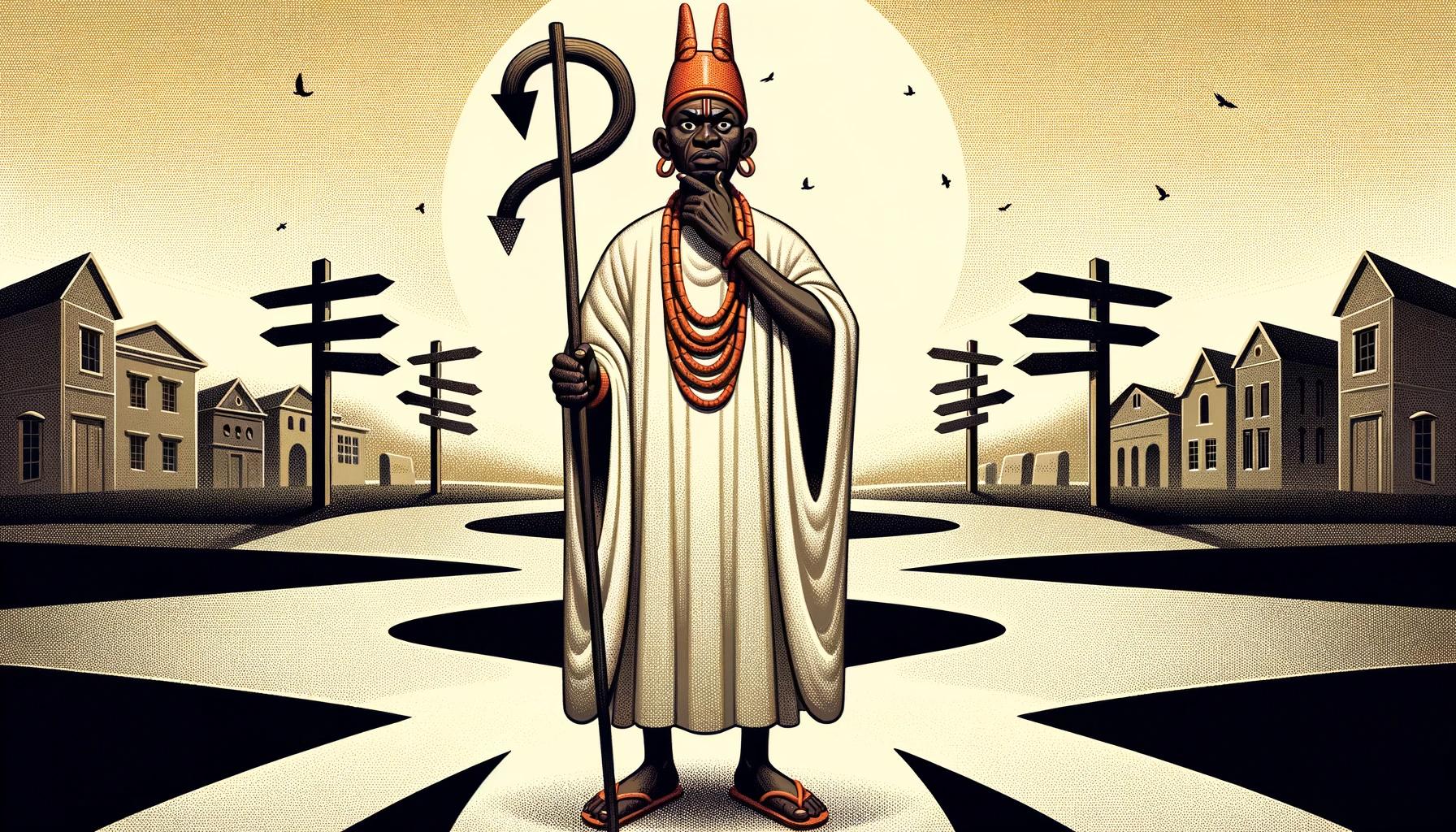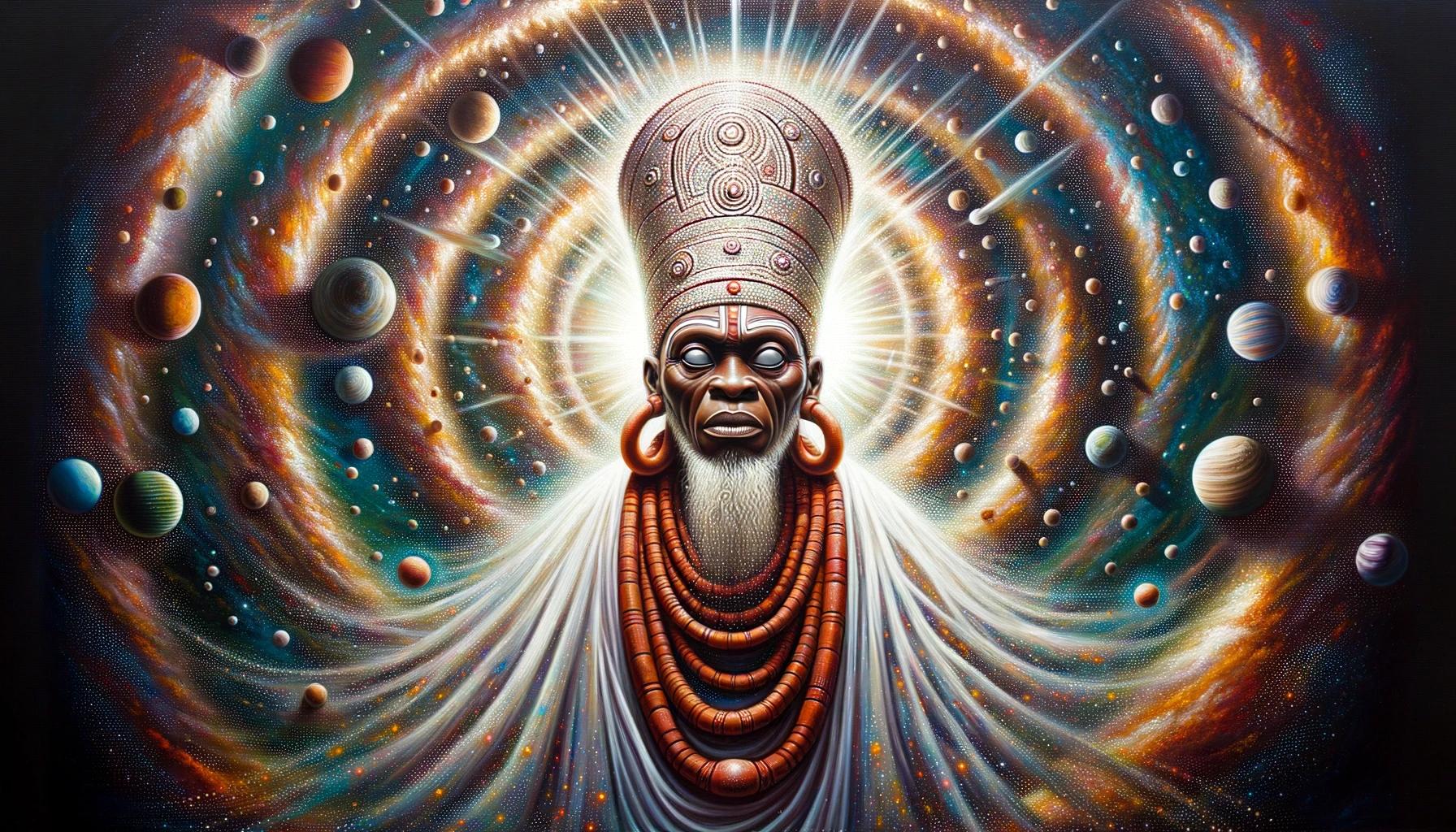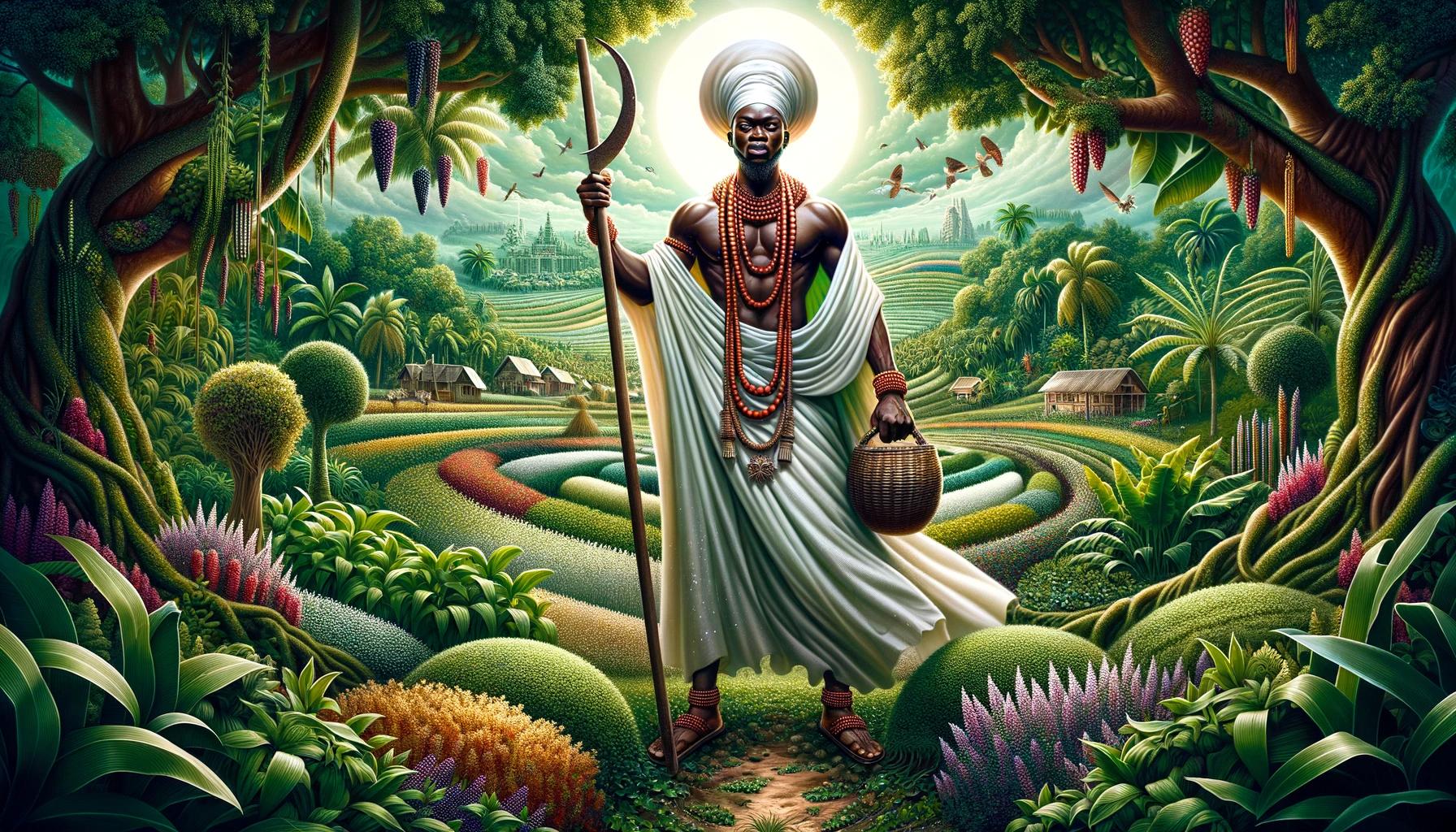Ajala god: A Legendary Yoruba Artist, Herbalist, and Spiritual Leader
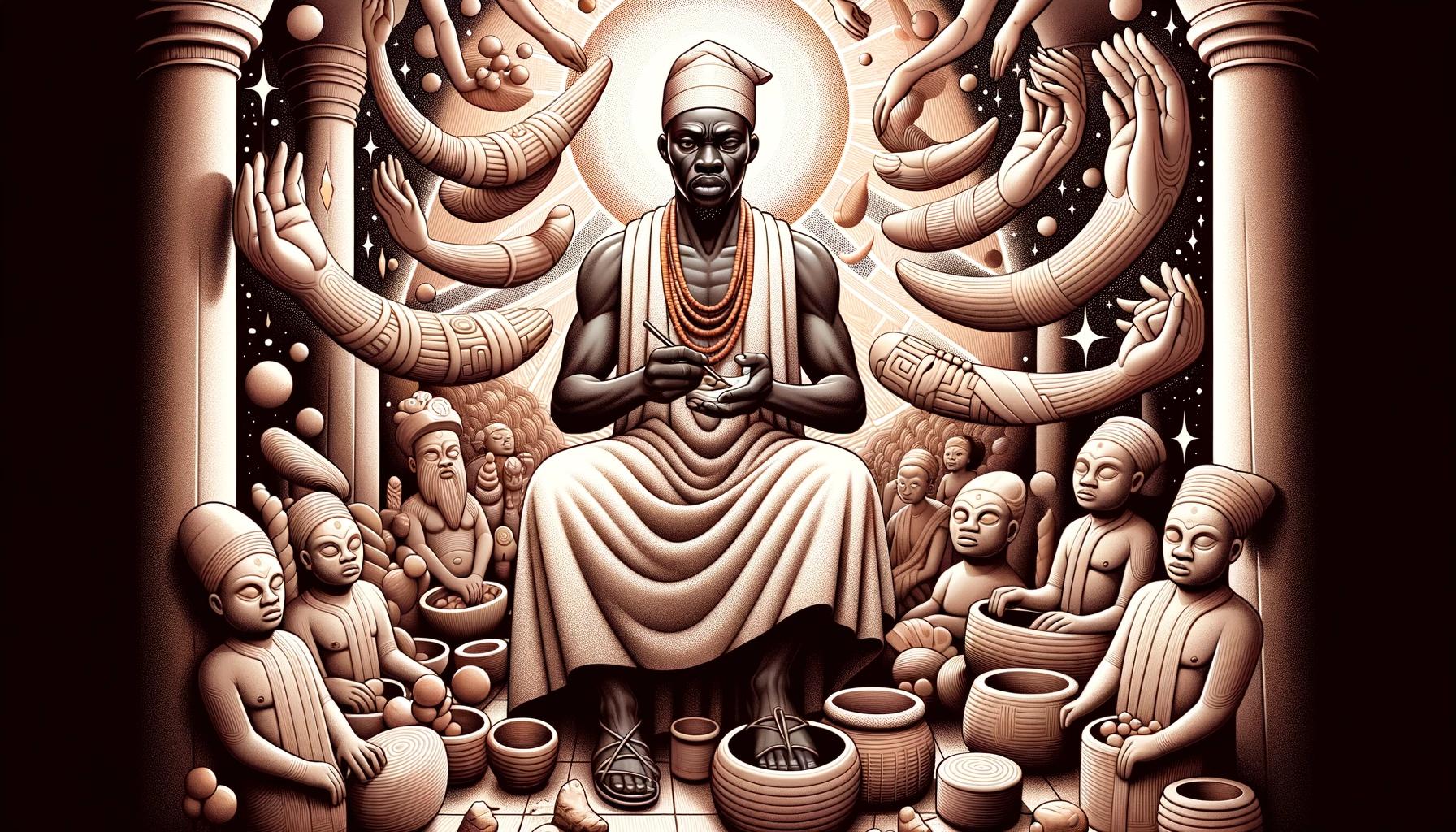
Ajala god, a legendary Yoruba artist, herbalist, and spiritual leader, made significant contributions to Yoruba art and the preservation of traditions. As a practitioner of the Yoruba traditional religion, he was recognized as a prominent priest and herbalist of the god of thunder, Ṣàngó.
Ajala god’s artistic skills flourished under the guidance of Susanne Wenger, a prominent figure in Yoruba art and culture. Alongside his artistic pursuits, Ajala god was known for his expertise in herbal remedies and his generous nature.
His work also extended to the restoration of sacred spaces, particularly the Osun Osogbo Sacred Grove, a UNESCO World Heritage site.
The Legend of Ajala god: Exploring the Life and Legacy
Ajala god, a revered figure in Yoruba culture, left behind a lasting legacy as an artist, herbalist, and spiritual leader.
His life was marked by his connection to the god of thunder, Ṣàngó, and his dedication to preserving Yoruba traditions. This section delves into the various aspects of Ajala god’s fascinating journey.
Sangodare Gbadegesin Ajala: An Artist, Herbalist, and Spiritual Leader
Sangodare Gbadegesin Ajala, born into a long line of Ṣàngó priests, was an exceptional Yoruba artist. Renowned as a true Yoruba legend, he was deeply rooted in the traditional Yoruba religion.
Sangodare held the esteemed position of a primary priest and herbalist of Ṣàngó, the god of thunder.
Practitioner of Yoruba Traditional Religion: Connection to the God of Thunder, Ṣàngó
As a practitioner of the Yoruba traditional religion, Sangodare’s devotion to Ṣàngó was unwavering. He embraced the role of a priest and herbalist, channeling the power and influence of the god of thunder.
Through his spiritual practices, he connected with the divine energy of Ṣàngó and became an instrumental figure in the Yoruba religious community.
Contributions to Yoruba Art: Award-Winning Batiks and Mentorship
Ajala god made significant contributions to the world of Yoruba art. His artistic skills flourished under the guidance of Susanne Wenger, a prominent figure in Yoruba art and culture. Sangodare’s expertise in the technique of ‘batik’ painting, learned from the god Ṣàngó, became a cornerstone of his artistic journey.
He produced vibrant batiks using natural colors derived from his extensive knowledge of plants.
In 2010, he was honored with the prestigious Nigerian National Arts Award for his batik titled ‘The Fire of Nigeria Burns Brightly,’ commemorating Nigeria’s 50th independence anniversary.
Another significant piece, ‘Orò ṣíṣe,’ was unveiled at the University of Oxford in 2014 with the presence of Nobel laureate Wole Soyinka. Not only a master in his craft, Ajala god also mentored young artists and craftsmen, ensuring the continuation of knowledge and skills for future generations.
Ajala god’s Healing Touch: The Generous Herbologist
Ajala god was not just a talented artist and spiritual leader, but also a skilled and generous herbologist. His extensive knowledge of the properties of native herbs and plants made him a sought-after figure in Òṣogbo.
The value of Ajala god’s natural medicines was highly regarded in the community, as they offered holistic healing and relief.
The Value of Ajala god’s Natural Medicines in Òṣogbo
Ajala god’s expertise in herbal remedies provided great value to the people of Òṣogbo. His extensive knowledge of plants and their medicinal properties allowed him to create natural medicines that were highly valued for their effectiveness.
People sought out his remedies for various ailments, as they believed in the healing power of his natural concoctions.
Whether it was treating physical illnesses, relieving emotional distress, or promoting overall well-being, Ajala god’s natural medicines were trusted and relied upon by many in Òṣogbo.
Respected Expertise in Traditional Herbal Remedies
Ajala god’s expertise in traditional herbal remedies was widely respected. He dedicated his life to mastering the art of herbal medicine, drawing upon the rich traditions of Yoruba healing practices. Through his deep understanding of plants and their properties, Ajala god was able to create potent remedies that addressed various health concerns.
His reputation as a knowledgeable and skilled herbologist earned him respect not only within Òṣogbo but also among other communities and practitioners of traditional medicine. Ajala god’s expertise became a valuable resource for those seeking alternative healing methods.
Preserving Yoruba Traditions: Initiating Devotees Around the World
Ajala god’s commitment to preserving Yoruba traditions extended beyond his community. As an initiated priest of Ṣàngó in the World Òrìṣà Religion, he traveled to countries like Brazil and Cuba, where he initiated many devotees into the faith.
Through these initiations, Ajala god played a crucial role in spreading and preserving Yoruba traditions beyond the borders of Nigeria.
His efforts helped ensure that the knowledge and practices of Yoruba spirituality continued to thrive across different cultures and continents.
Ajala god’s contributions in initiating devotees and sharing the wisdom of òrìṣà contributed to the preservation and growth of Yoruba traditions worldwide.
Restoring Sacred Spaces: Ajala god’s Artistic Journey
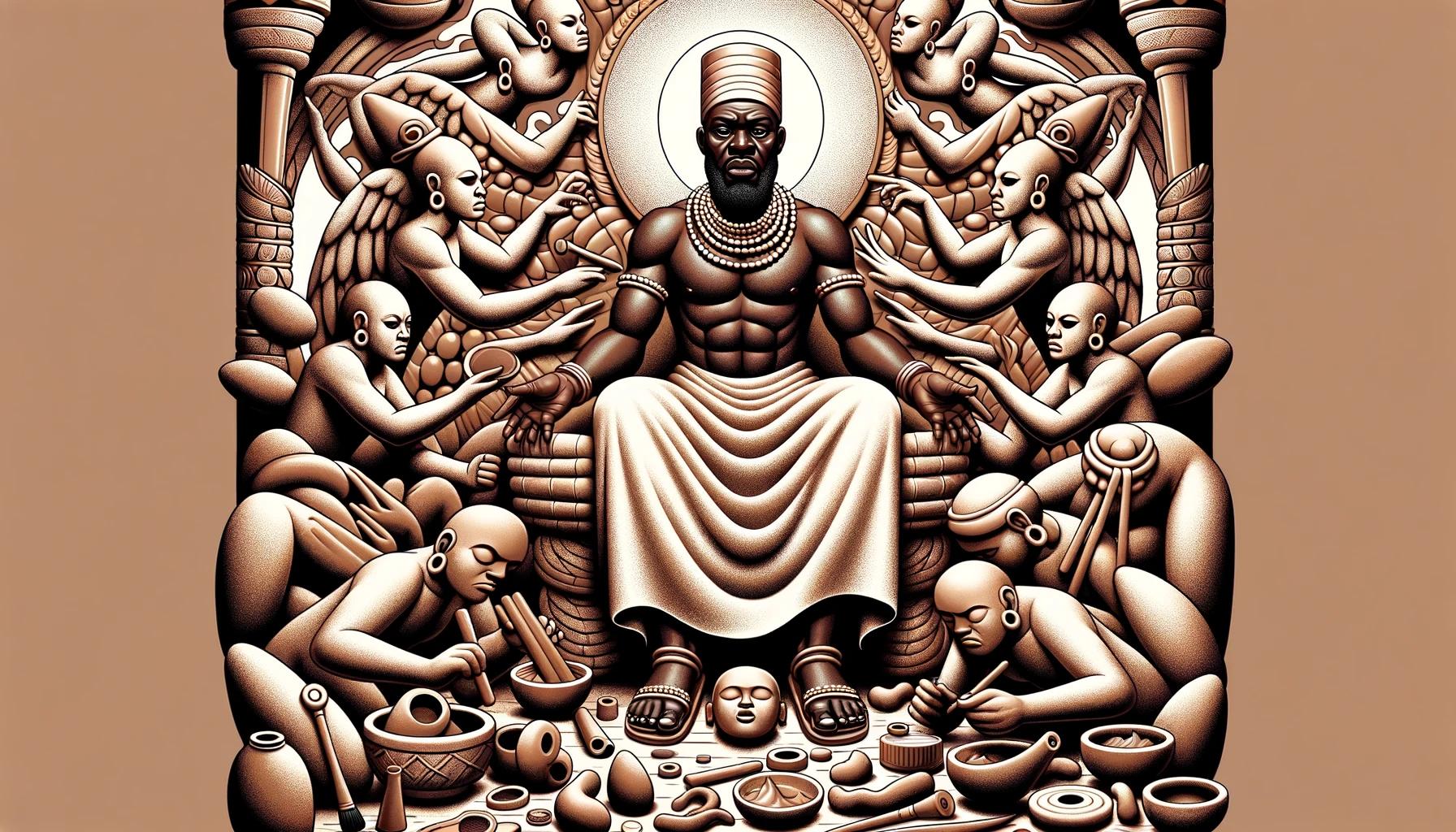
Ajala god’s artistic journey was not limited to creating beautiful works of art; he also played a crucial role in the restoration of sacred spaces, particularly the renowned Osun Osogbo Sacred Grove.
This section delves into the cultural significance of the grove, the efforts of Susanne Wenger in its preservation, and Ajala god’s leadership in restoration and mentoring future generations.
The Osun Osogbo Sacred Grove: Cultural Significance and UNESCO Recognition
The Osun Osogbo Sacred Grove holds immense cultural significance as the most important worship site dedicated to the goddess Osun in the world.
Its historical, scientific, and cultural importance has earned it recognition as a UNESCO World Heritage Site. Within the grove, visitors can encounter various altars dedicated to different Yoruba deities and emissaries.
Notably, the central altar devoted to the goddess Osun stands in the midst of a river, marked by a statue of a woman with outstretched arms.
The Role of Susanne Wenger in Preservation Efforts
Susanne Wenger, an Austrian artist, played a crucial role in the preservation and restoration of the Osun Osogbo Sacred Grove.
As a priestess of the goddess Osun from the 1960s until her passing in 2009, Wenger dedicated herself to safeguarding the cultural heritage of the grove. Her contributions included architectural restoration, nurturing the surrounding flora, and promoting environmental conservation.
Wenger’s reverence for Yoruba traditions greatly influenced Ajala god’s artistic journey and his commitment to restoring sacred spaces.
Ajala god’s Artistic Leadership in Restoration and Mentoring Future Generations
Ajala god’s artistic journey took a significant turn as he became actively involved in the restoration of sacred spaces, particularly within the Osun Osogbo Sacred Grove. From 2006 onwards, he spearheaded artistic restoration efforts, successfully fundraising through the AOT/F initiative.
Additionally, Ajala god served as a mentor for young artists and artisans, ensuring the transfer of knowledge and skills to future generations.
Through his artistic leadership, Ajala god magnificently contributed to the revival and preservation of Yoruba cultural heritage.
His commitment to restoring sacred spaces, alongside the guidance of Susanne Wenger, has left an indelible mark on the Osun Osogbo Sacred Grove and the legacy of Yoruba art and traditions.
.












